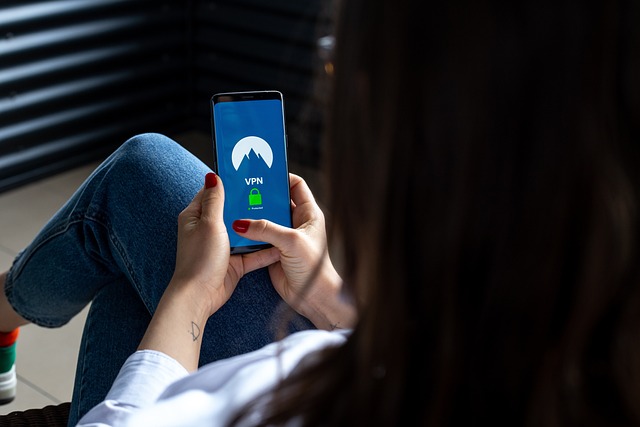Monitoring usage: apps and tips to avoid surprise data bills
Tracking your mobile data proactively reduces the chance of unexpected charges. This brief overview outlines reliable monitoring techniques, the role of roaming, eSIM and SIM choices, and how tethering or hotspots can change consumption. It also covers billing and security steps to keep usage visible and controlled.

Mobile data can escalate quickly when apps, background syncing, and travel intersect. Knowing how much data you use, where it’s consumed, and which settings drive that usage helps prevent surprise charges from your carrier or when roaming abroad. This article explains practical monitoring tools, how SIM and eSIM choices affect limits, what to watch for with tethering and hotspots, and ways to align plans and billing with real usage while keeping security in mind.
Which apps show data usage in real time?
Many smartphones include built-in meters that track cellular and Wi-Fi data by app. Native tools give a quick breakdown of which apps use the most data over daily, weekly, or monthly periods. Third-party apps offer notifications, per-app limits, and detailed histories; look for ones that report both foreground and background usage and that can alert you near plan thresholds. Regularly review app permissions and background refresh settings so streaming, social media, or cloud services don’t silently consume large amounts of data.
How to manage roaming, eSIM, and SIM effectively?
When traveling, roaming costs can be the biggest surprise on a bill. An eSIM can simplify switching to a local data plan without swapping a physical SIM, but it’s important to compare coverage and per-MB or per-GB rates before switching. Disable data roaming when not needed, and use airplane mode with Wi‑Fi enabled for local networks. If you maintain multiple SIMs, designate one for data-only use and monitor which one your device prefers to avoid accidental roaming on a higher-cost line.
Should I use tethering or a hotspot for shared data?
Tethering and mobile hotspots are convenient for sharing a cellular connection with other devices, but they can multiply data consumption rapidly. Streaming video or large downloads on a tethered laptop will drain a phone-based plan faster than individual device use. Check whether your plan includes hotspot data or throttles speeds after a cap. Use hotspot settings to limit connected devices and consider password-protecting the hotspot to prevent unauthorized usage. When possible, connect shared devices to local Wi‑Fi with reliable coverage instead of using cellular tethering.
How do 5G, 4G and coverage affect usage?
Faster networks like 5G and strong 4G coverage can make it easier to consume high-bandwidth content, since better speeds encourage streaming higher-resolution video and larger downloads. However, better coverage also tends to reduce retransmissions and wasted data. Be aware that some carriers offer unlimited plans with unlimited 5G but may apply network management rules or deprioritization after heavy usage. Check your device’s cellular settings to prefer Wi‑Fi for large transfers and reduce automatic updates when only on cellular networks.
How to protect data with VPN and secure billing practices?
Using a VPN can protect privacy on public Wi‑Fi, but it may slightly increase data use due to encryption overhead. Balance the privacy benefits against any additional consumption, especially when roaming. For billing security, enable account alerts and use carrier apps to monitor billing cycles and pending charges. Review plan details for overage fees and whether your provider offers daily or monthly caps. If available, enable two‑factor authentication on your carrier account to prevent unauthorized plan changes that could lead to unexpected charges.
Practical monitoring habits and choosing the right plan
Set alerts at several thresholds (for example 50%, 80%, 95%) and check usage weekly so small trends don’t become large bills. Reduce background data by restricting auto-updates, setting photo backups to Wi‑Fi only, and limiting video streaming quality in app settings. Evaluate whether a plan with shared data, a dedicated hotspot allowance, or an eSIM local data package fits your typical usage profile. When comparing plans, consider expected cellular coverage in your area or travel destinations, and whether the carrier’s billing cycle aligns with your monitoring cadence.
Conclusion Routine monitoring, conservative tethering habits, mindful roaming choices, and a clear understanding of plan terms together reduce the risk of surprise data bills. Use native phone meters and reputable monitoring apps, prefer Wi‑Fi for large transfers, and review billing statements regularly. These practices make data consumption predictable and help you select plans that match real usage while maintaining account security.





